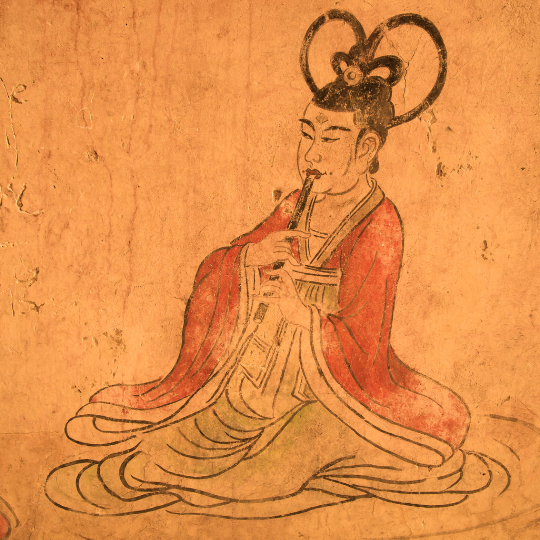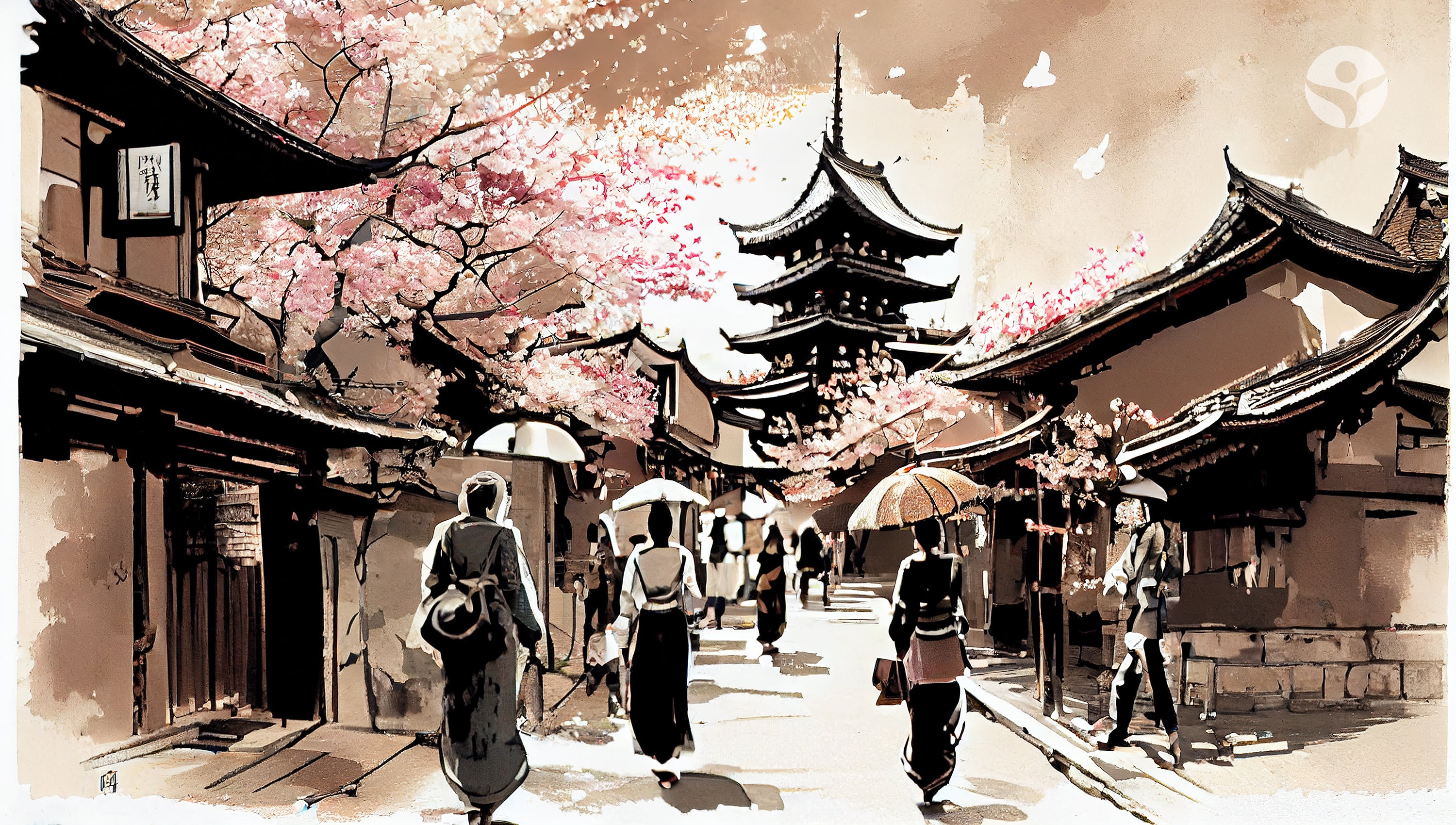The Origin of Matcha: From China to Japan

Matcha's origins can be traced back to the Tang Dynasty in China, spanning from the 7th to 10th centuries. Tea leaves were steamed and formed into bricks for easier transport and trade. This method was improved upon during the Song Dynasty, lasting from the 10th to 13th centuries. It was during this time that a Japanese Buddhist monk named Eisai studied in China and learned the Zen Buddhist methods of preparing powdered green tea.

In 1191, Eisai returned permanently to Japan, bringing with him tea seeds and the knowledge of how to prepare matcha. The seeds that Eisai brought back were considered to create the highest quality tea leaves in all of Japan. He subsequently planted these seeds on the temple grounds in Kyoto, the home of the Kamakura Shogun. However, matcha was only produced in limited quantities during this time and was considered a luxurious status symbol.
Japanese Tea Ceremony History

In the 1500s, a Zen student named Murata Juko brought together several fragmented pillars of the tea ceremony into a formalized ritual that included the cultivation, consumption, and ceremony of matcha. Zen Master Sen-no-Rikyu (千利) further popularized this ritual, becoming the most well-known and revered historical figure of the Japanese Tea Ceremony.
Sen no Rikyu studied under some of the most reputable tea masters of the time. He perfected his craft at Daitoku temple (大徳寺) in Kyoto.
He was a true believer in wabi-sabi style. He preferred simple tea rooms to opulent aesthetics. He opted to use Japanese teaware, rather than the Chinese style. He even designed some tea utensils himself.
Sen no Rikyu rose through the ranks of success. As tea was an important status symbol (and even a political trading tool) he was hired by important feudal lords. In 1585, Sen no Rikyu prepared tea at the imperial palace for the emperor himself (Ōgimachi, ‘正親町天皇’).
Sen-no-Rikyu formed the four basic principles of the Japanese Tea Ceremony: Harmony (wa), Respect (kei), Purity (sei), and Tranquility (jaku). These principles became the foundation of the Japanese Tea Ceremony, also known as "Chanoyu" - the way of tea.

Chanoyu Houses
The art of Sen no Rikyu’s tea ceremony has been passed down through the generations.
He passed his schools down to his two sons, Sen no Showan (1546 - 1614) and Sen no Soutan (1578 - 1658).
Sen no Soutan had three sons who formed San Senke, the 3 main schools of the Japanese tea ceremony:
Mushanokoji Senke - (武者小路千家)
Omote Senke - (表千家)
Ura Senke - (裏千家)
These three schools are still active today. They transmit the knowledge of tea preparation and serving to each successive generation.
Matcha and the Samurai: A Symbol of Power and Strength


Matcha also played an important role in the lives of samurai warriors. Before going into battle, samurai would drink matcha to help them stay alert and focused. The caffeine and amino acid L-theanine found in matcha provided them with sustained energy and mental clarity, giving them a competitive edge on the battlefield.
Shading Matcha: A Discovery that Improved Taste
During the Kamakura period, which lasted from 1185 to 1333, matcha was produced in extremely limited quantities and was regarded as a luxurious status symbol. The tea was produced from tea plants grown in direct sunlight, resulting in a harsh and bitter taste.
It was not until the Azuchi-Momoyama period, which lasted from 1568 to 1600, that a new method for cultivating matcha was discovered. This method involved growing the tea plants under shaded conditions for a few weeks before harvest. This process, known as "Ōishita Saibai," resulted in a sweeter and milder flavor.

Shading matcha allowed tea growers to produce higher quality matcha and also became an important part of Japanese tea culture. The shading process maximizes the health benefits of matcha and creates a unique flavor profile that is prized by tea enthusiasts around the world.
Organic Uji Matcha: The Finest Quality Matcha from Japan
For the highest quality matcha, organic Uji matcha from Japan is the perfect choice. Uji matcha tea is known for its vibrant green color, sweet grassy flavor, and rich texture. As the birthplace of Japanese tea culture, Uji has been producing high-quality matcha for centuries.
The first spring harvest yields the most premium leaves, which are carefully picked and stone ground into a fine powder. Organic Uji matcha from the first spring harvest is the perfect choice for tea enthusiasts who appreciate the highest quality and taste.
Incorporating Matcha into Your Daily Routine
Matcha is not only a delicious and healthy beverage but can also be used in culinary creations, such as smoothies, matcha lattes, and baked goods. Matcha powder can be added to yogurt, oatmeal (porridge), or even used as a seasoning for roasted vegetables. The possibilities are endless, and the health benefits of matcha make it an easy addition to any diet.
Matcha contains a high concentration of antioxidants and polyphenols, which have been linked to many health benefits, including improved heart health, brain function, and a reduced risk of certain types of cancer.
Matcha also contains caffeine and L-theanine, which work together to provide a sustained energy boost without the jitters and crash often associated with coffee.
You can read more about the benefits of matcha tea here.


